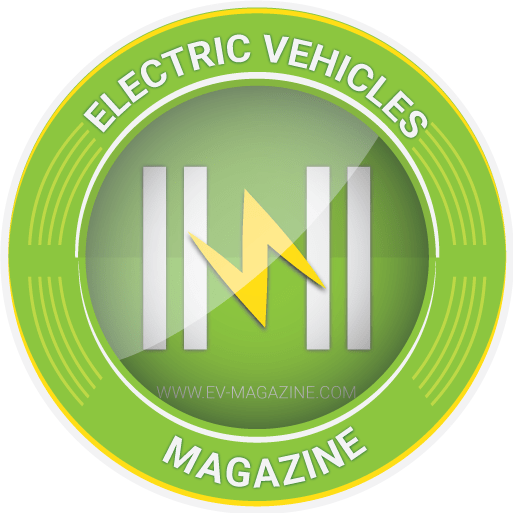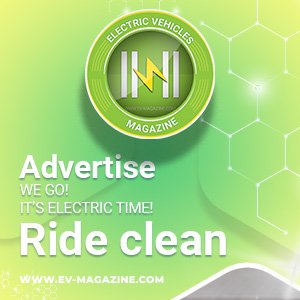While renewables face ongoing opposition from the Trump administration, the president specifically named hydropower as a key priority in his Day 1 executive orders on energy. In July, Donald Trump signed the One Big Beautiful Bill Act, preserving hydropower’s access to key federal tax credits for the next eight years. If a hydro project is built in a designated “energy community” and uses domestically manufactured equipment, the tax credit can cover as much as half the investment.
A fishy problem
Providing safe passage for fish through dams is a perpetual challenge, especially at older facilities that lack proper infrastructure. But dams that have been updated with newer, thinner turbine blades are also an issue, as the blades become guillotines for trout and salmon navigating through. American eels pose an even greater problem, as the snake-like fish — which can make up as much as half the biomass in rivers across the country — migrate downstream to spawn as breeding-age adults.
One of the simplest and most widely used tools to prevent fish from being killed in a dam’s turbines is a screen that blocks them from entering the plant’s water intake. Other methods include fish ladders or elevators that allow wildlife to ascend rising water to reach the other side. Less practical are trap-and-haul systems where fish are manually captured and set free above the dam.
“Fish-passage solutions can be extraordinarily expensive,” said Jennifer Garson, the former director of the Department of Energy’s Water Power Technologies Office. “The problem is the burden falls completely on hydropower operators to make these upgrades.”
The key to overcoming the issue may be marrying the refurbishment of hydropower stations with environmental upgrades. In 2019, the startup Natel Energy, which designs fish-safe hydropower turbines, installed its pilot project in Maine, then another in Oregon the following year. Natel’s technology — based on thicker blades that don’t sever fish as they move through the dam — was validated by the Pacific Northwest National Laboratory. The company won $9 million from the Energy Department to scale up its supply chain.
While the fish-safe blades are thicker than traditional turbine blades, Natel claims that its equipment is more efficient than the older equipment it’s replacing. Compared with turbines that are nearly 40 years old, CEO Gia Schneider said, the new Natel units produce more electricity per spin on average.
“They’re going to modernize, get fish-safe turbines that will safely pass eel, salmon, and herring that need to go through the plant, and they’ll get 5% more energy,” Schneider said.
Even replacing newer blades comes with little loss in efficiency.
“At another plant where we’re working on the design, the turbines are pretty young – only installed 10 years ago,” she said. “There, we’re going to get maybe 0.2% less energy out.”
On balance, Schneider noted, plant owners get more out of the facility, because even with new traditional turbines, dams require very fine exclusion screens and other equipment that restrict water flow enough to reduce energy output by anywhere from 5% to 15%.
“You’re losing a lot more from these bolt-on solutions,” she said. “At the end of the day, if you get 0.2% less on the turbine side, … on the whole-plant level, you’re coming out ahead.”
Old hydropower, new opportunities
At the moment, hydropower finds itself in a similar position to that of nuclear energy a few years ago, where existing facilities risk closure due to relicensing costs amid competition from cheaper newcomers. The U.S. is now actively looking to restart its nuclear program, with the once far-fetched prospect of new large-scale reactors under serious consideration. Even if hydropower can similarly flip its fortunes, few in the industry anticipate an appetite in the U.S. for a Hoover Dam–size project. Still, there is ample opportunity for new hydroelectric capacity.
Just 3% of the nation’s 80,000 dams generate electricity. In 2012, an Energy Department report found that the U.S. could add 12 gigawatts of new power by overhauling those facilities to produce electricity. More than a decade later, “none of it was built,” Woolf said.
There are plenty of hydropower critics who welcome that stagnation. The history of damming rivers is rife with ecological destruction that fish-passage routes don’t entirely solve, as well as social upheaval from land seizures that uprooted poor, Black, and Indigenous communities from their homes to make way for new reservoirs.
And in parts of the U.S. where water is growing more scarce as the climate warms, reservoirs are drying up. Hydropower output in the American West hit a 22-year low last year after below-average snowfall, according to analysis by the Energy Information Administration. Yet other parts of the U.S., such as the Northeast, are getting wetter as the planet heats up.
While debate over hydropower continues in the U.S., nations overseas are moving ahead with new dam projects. In July, China started construction on what will, upon completion, be the world’s largest power station, a giant hydroelectric facility in Tibet. Last month, Brazil held its first auctions for new small- and medium-size dams with hopes of turning $1 billion in investments into more hydroelectricity. And Ethiopia just opened its megadam project meant to alleviate electricity issues in the country, despite pushback from Egyptians who say the facility could negatively impact the flow of water on the Nile.
The U.S. could get in on the game, or at least work to clear away hurdles preventing the country from taking advantage of the infrastructure that already exists. As the Trump administration looks to re-shore heavy industry through tariffs, Woolf said, “hydropower is a great resource for colocating manufacturing because you’ve got energy infrastructure and you’re typically in fairly rural areas where land is less expensive.” For data centers, reservoirs could offer the additional service of providing water for cooling hot computer servers, along with electricity. And when the U.S. still had 33 operating aluminum smelters in 1980, many of them relied on publicly owned hydropower facilities to provide cheap power. These plants could, in theory, play that role again as new demand for domestically produced aluminum — to manufacture electric vehicles and clean-energy equipment — puts strain on the remaining six smelters.
“We know we’ve got load growth. We know we’ve got grid variability from renewables and extreme weather. The flexibility of hydropower offers clean, firm generation that is unique,” Woolf said. “At the same time — through quirk of history — we’ve got so much of the fleet at relicensing and at risk of surrendering permits. This could be an amazing opportunity.”
Source link by Canary Media
Author Alexander Kaufman
#hydropower #makeorbreak #moment



